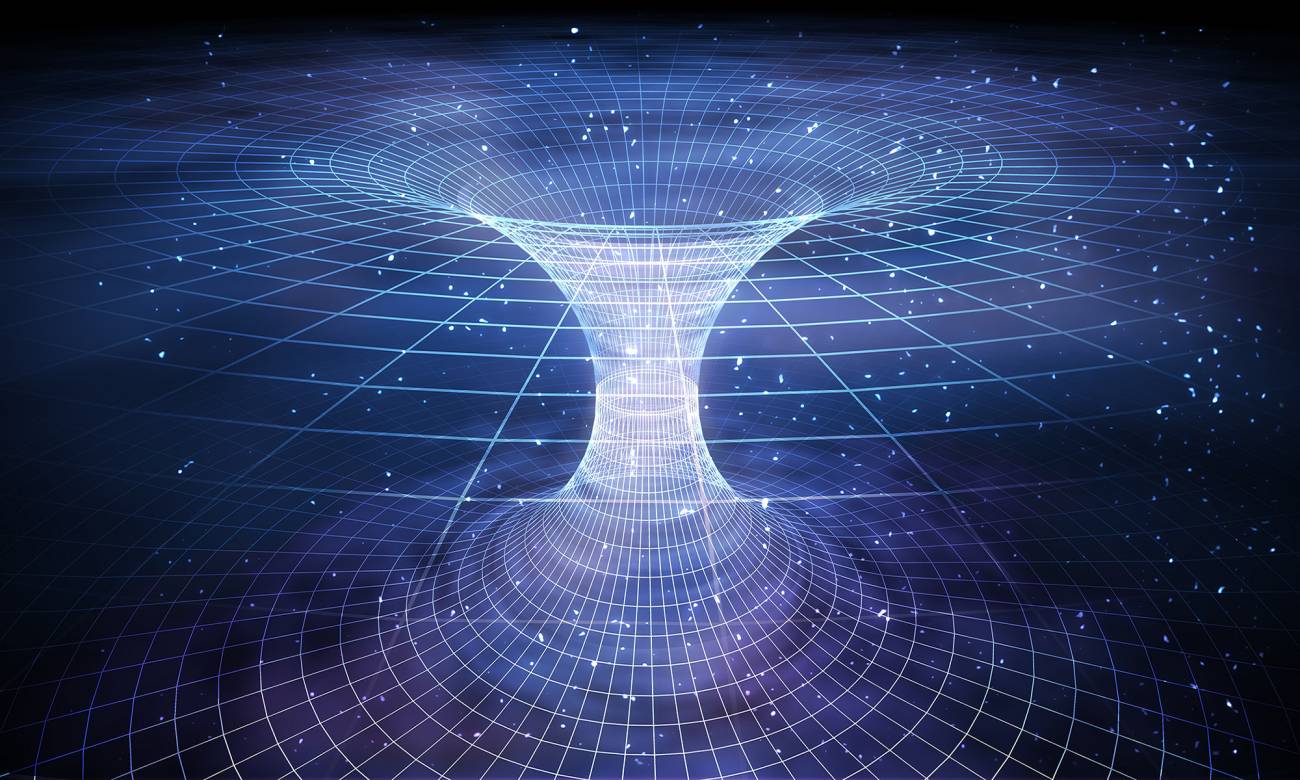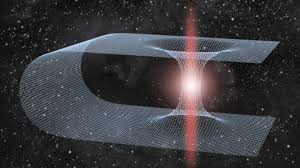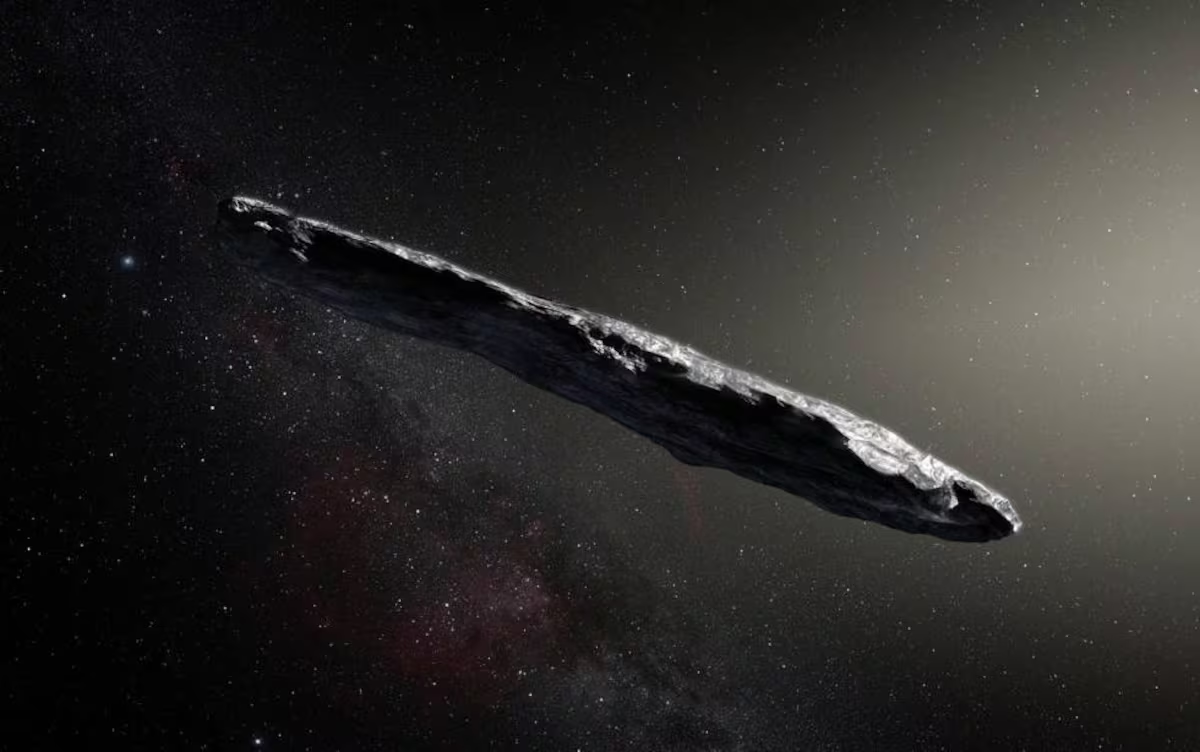Immerse yourself in the mystery of wormholes, those enigmatic formations that spark the curiosity of both the scientific community and cosmos enthusiasts. Are these wormholes really intergalactic gateways, as some theories suggest, or is it just fiction popularized by science fiction?
The universe is a vast and unknown place full of secrets yet to be revealed. In this article, we'll explore one of the most fascinating and controversial mysteries of modern cosmology: wormholes. We'll not only introduce the basic concepts but also delve into the latest scientific theories and advances in research on this phenomenon.
In addition, we'll analyze the portrayal of wormholes in popular culture, from literature to film, and how they have influenced our understanding and perception of the subject. We'll also look at the potential implications for space exploration and intergalactic travel if these phenomena were to become a reality.
Finally, we invite you to join us on this fascinating journey through time and space, as we attempt to unravel the mysteries of wormholes. Are you ready to challenge the limits of your understanding and delve into the secrets of the universe? Let's discover it together! 🚀
What are wormholes?
Wormholes, also known as Einstein-Rosen bridges, are a prediction of the general theory of relativity. In technical terms, a wormhole is a shortcut through space and time, potentially allowing interstellar travel and interaction with other dimensions. However, it is important to remember that wormholes are, so far, only theoretical and have not been observed in the physical universe.

How do wormholes work?
Einstein's theory of relativity suggests that space and time are intrinsically connected in what is known as the space-time continuum. Wormholes are a deformation in this space-time fabric, creating a bridge connecting two distant points in space and time.
Types of wormholes
There are several types of theoretical wormholes, which are classified according to their characteristics. The best known are Lorentzian wormholes, which are bidirectional and permanent, and Schwarzschild wormholes, which are unidirectional and temporary.
Lorentz wormholes
Lorentz wormholes are bidirectional, meaning one could travel from one end to the other and back again. They are permanent, meaning that once they form, they remain open indefinitely.
Schwarzschild wormholes
On the other hand, Schwarzschild wormholes are unidirectional, meaning you can only travel from one end to the other, not the other way around. Furthermore, they are temporal, meaning they only open for a brief period of time before closing again.

Potential applications of wormholes
In theory, wormholes could have a number of incredible applications. Here are some of the most exciting possibilities:
- Interstellar travel: If wormholes were stable and large enough, they could be used to travel between stars much more quickly and efficiently than is possible with current technology.
- Time travel: Since wormholes connect different points in space and time, some scientists theorize that they could be used for time travel.
- Scientific research: Wormholes could provide a unique opportunity to study the physics of the universe, allowing us to observe phenomena that would otherwise be inaccessible.
Are wormholes science or fiction?
Although the idea of wormholes is exciting and has been a common feature in science fiction, the reality is that we still have no evidence of their existence. Wormholes are a prediction of Einstein's theory of general relativity, but until now we have not been able to directly observe one.
Furthermore, there are significant challenges associated with creating and maintaining a wormhole. Based on our current understanding of physics, wormholes would be extremely unstable and require an exotic form of energy (one we don't understand and haven't observed in the universe) to keep them open.
Ultimately, wormholes remain in the realm of theory and speculation. However, the search for their existence and the investigation of their potential properties remain an exciting and active part of theoretical physics and astrophysics.
Conclusion
In conclusion, wormholes, also known as Einstein-Rosen bridges, are an exciting hypothesis derived from Einstein's theory of general relativity. They are described as potential shortcuts through space and time, which could allow for interstellar travel and interaction with other dimensions.
We've explored how they work, the different types of theoretical wormholes, and their exciting potential applications, including interstellar travel, time travel, and opportunities for scientific research. However, we must remember that, so far, wormholes are only theoretical. Despite being a common feature in science fiction, we still have no empirical evidence of their existence.
Furthermore, the creation and maintenance of wormholes pose significant challenges. Based on our current understanding of physics, they would be extremely unstable and require an exotic form of energy, still unknown and unobserved in the universe, to keep them open.
Ultimately, although wormholes remain in the realm of theory and speculation, the search for their existence and the investigation of their potential properties remains an active and exciting field of theoretical physics and astrophysics. 🌌🚀🔬 In the great mystery of the universe, wormholes represent one of the most intriguing and fascinating areas to explore. Continue discovering the secrets of the universe with us! 🌠



